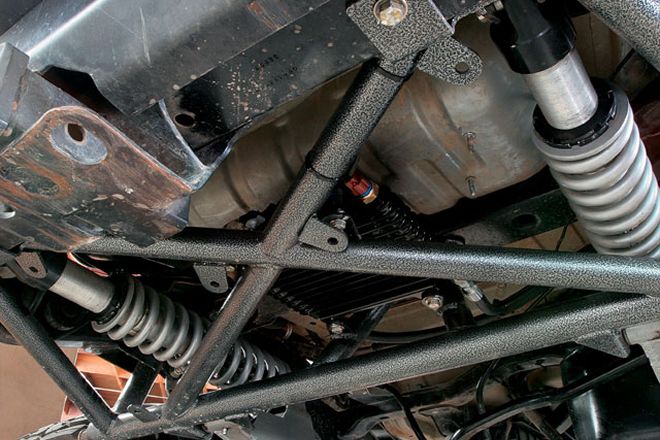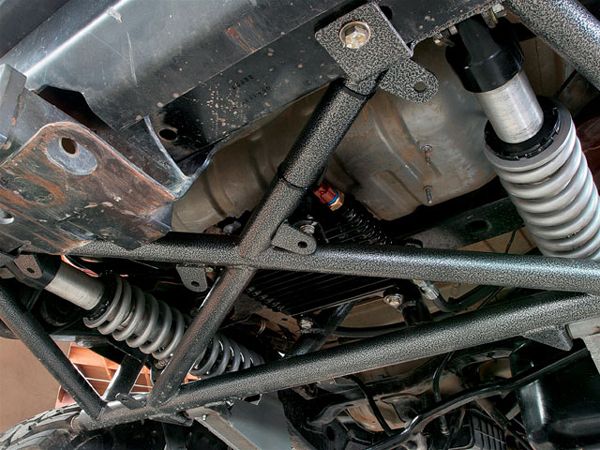
 Kevin McNulty
Former Editor, Mud Life
Kevin McNulty
Former Editor, Mud Life

Automatic Transmissions are one of the most complicated components of a vehicle's powertrain. In fact, we don't know a lot of people who can say, "Hey, I can fix that." When it comes to transmission fixes, they are usually unbolted from the rig, carted off to a top-secret location for rebuilding, and then returned with a large bill. As complex as trannies seem, basic maintenance and easy upgrades can greatly extend their longevity, enhance performance, and help prevent expensive repairs.
Towing, heat, and neglect are the top killers of transmissions, yet these are some of the easiest problems to overcome. If your 4x4 is new, stay on top of the manufacturer's recommended service maintenance, because if you don't the powertrain warranty could be voided. Heat can be kept in check by replacing or installing an additional transmission cooler, and neglect can be overcome simply by checking the fluid level. On some late-model vehicles the transmission's fluid level can only be checked at the dealership. We know this is a pain, but it's something that has to be done. Giving your transmission a little attention once a month could bring you additional years of dependable service.





